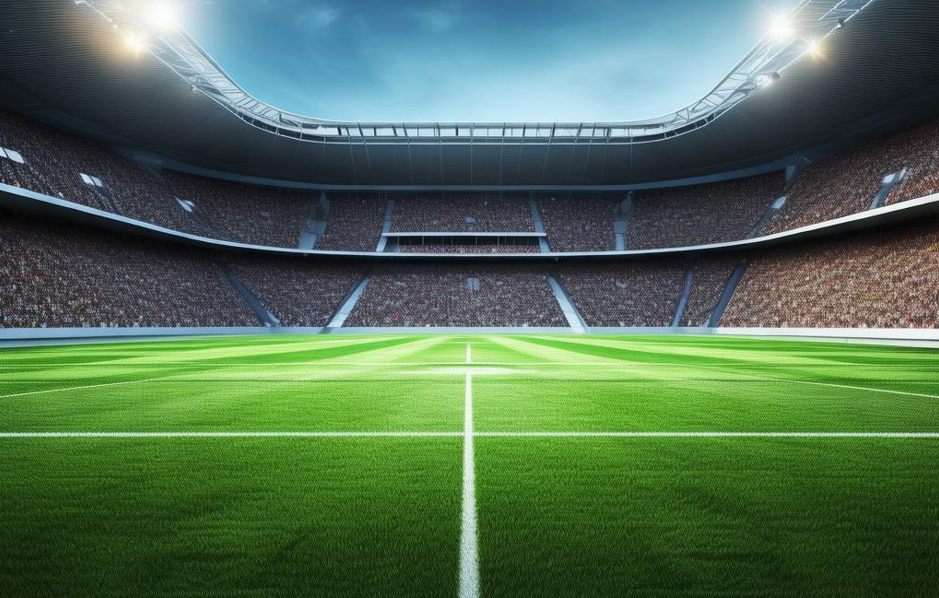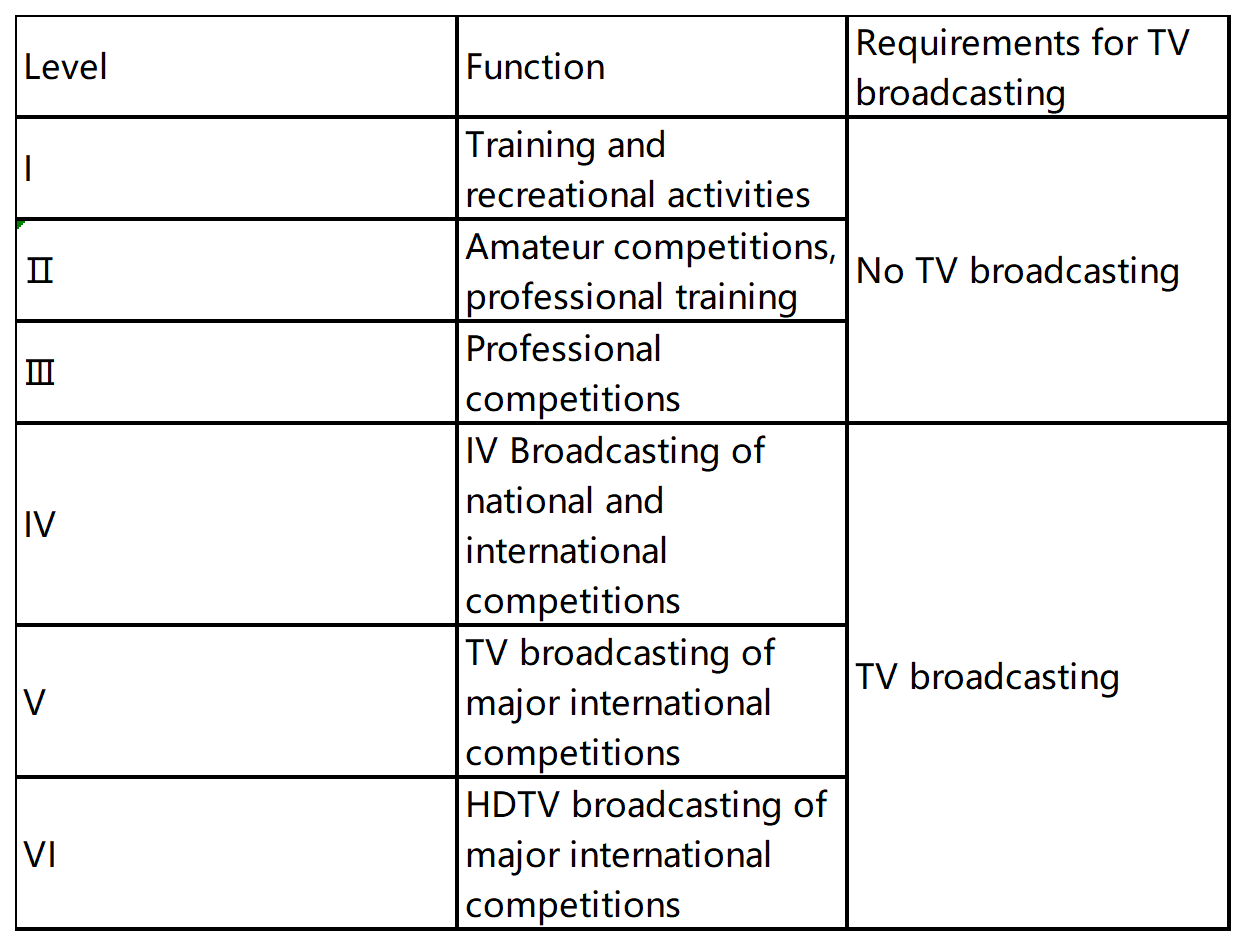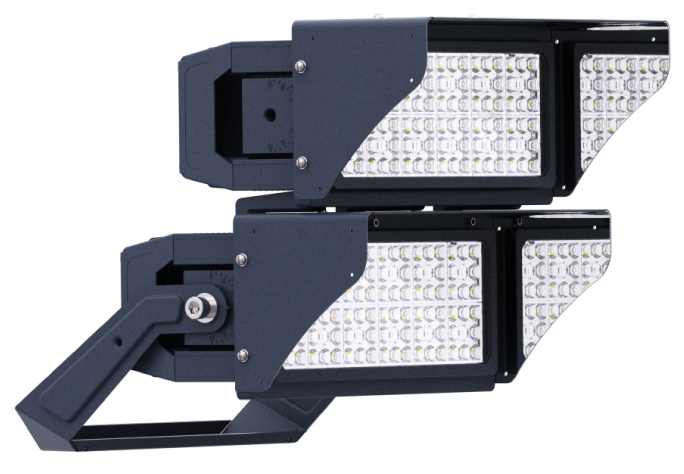Led Sports Lighting Testing
Led Sports Lighting Testing

Directory:
1. Relevant Standard Requirements
2. On-site Testing Methods
3. On-Site Precautions
To promote good health, professional sports are essential, leading to the construction and renovation of sports facilities. Many large cities have even turned these venues into new city landmarks. The lighting systems in these sports venues are crucial, as they are necessary for the safe and organized conduct of sporting events.
Initially, lighting assessments were limited to measuring illuminance, focusing solely on the intensity of light, with the belief that brighter is better within a certain range, and the evaluation methods were quite basic. However, through ongoing research, current lighting standards now consider a wider range of parameters. The goal is not just to maximize brightness but to achieve optimal lighting that meets the needs of athletes, referees, spectators, and television broadcasts. Additionally, as society advances, detection equipment has become more precise and user-friendly, and detection technology has improved significantly. The importance of lighting assessments is increasingly recognized, contributing to quality assurance. This article analyzes the existing norms and standards in our country, the methods for on-site testing of relevant indicators, and the precautions to take during the detection process, offering valuable insights for assessing lighting in sports venues.
1. Relevant Standard Requirements
1.1 Introduction to the Standard
On-site inspections of sports venue lighting can be conducted in accordance with applicable standard documents. This standard, which has been in effect since June 1. 2017. is an industry benchmark consisting of 9 chapters and 3 appendices. It establishes standard values for lighting parameters, categorizing venues into 6 usage levels. Based on the classification of sports events, it encompasses 36 different activities, including swimming, diving, track and field, outdoor football, tennis, and baseball. The standard is thorough and systematic, addressing quantitative indicators, quality indicators, and lighting distribution metrics for various types of sports venue lighting design. It is crucial for energy conservation, environmental protection, enhancing lighting quality, implementing sustainable lighting practices, advancing lighting technology, and promoting efficient lighting products.
1.2 Venue Classification
Sports venue lighting is classified into 6 levels, as shown in Table 1. Each level corresponds to specific lighting standard limits. Depending on whether there is a TV broadcast, the lighting testing items can be categorized into two groups.
1.2.1 No TV Broadcast
For venues without TV broadcasts, the primary testing items include: site horizontal illumination, horizontal illumination uniformity U1 (the ratio of minimum to maximum illumination) and U2 (the ratio of minimum to average illumination), color rendering index, correlated color temperature, and glare index (GR).
1.2.2 With TV Broadcast
For venues with TV broadcasts, the testing items include all those for venues without broadcasts, as well as: average vertical illumination in the direction of the main camera, vertical illumination uniformity U1 (minimum to maximum ratio) and U2 (minimum to average ratio) in the direction of the main camera, average vertical illumination in the direction of the auxiliary camera, and vertical illumination uniformity U1 and U2 in the direction of the auxiliary camera.
Table 1 Classification of stadium lighting

2. On-site Testing Methods
Prior to conducting on-site testing of stadium lighting, staff should develop a practical testing plan that takes into account the stadium's actual conditions. They must also ensure that testing equipment, such as illuminance meters, spectral radiometers, and power meters, is calibrated and within its validity period, and that the stadium is suitable for use without any external interference.
2.1 Illuminance Measurement
Measurements should be taken in the areas specified by the standards. If the measurement site and lighting arrangements are axially symmetrical or evenly distributed, it is sufficient to measure only one half of the area. The center point method is typically employed for point collection and calculations, with the measurement grid distance being twice that of the calculation grid distance. For horizontal illuminance measurements, the height of the illuminance meter's photosensitive probe is usually set at 1 meter, except for specific sports like curling. In cases of TV broadcasts, vertical illuminance must also be measured. Vertical illuminance is categorized into two types: that of the main camera and the auxiliary camera. The typical camera positions outlined in the reference standards should be used for measurements. For instance, in a basketball court, the main camera is typically positioned in the spectator stands on either side of the court, while the auxiliary camera captures details of the action under the basket from both ends of the court. The main camera's measurement height is generally set at 1.5 meters, and it is crucial to align the light-sensitive probe of the illuminance meter with the optical axis of the camera lens. The auxiliary camera's detection height can be set at 1 meter, and illuminance readings should be taken in the direction parallel to the four boundaries at the selected points. It is important to ensure that no shadows obstruct the probe of the illuminance meter during the measurement process.
2.2 Measurement of Color Rendering Index and Color Temperature
In recent years, advancements in display technology have led to a variety of lighting sources available in the market, which typically exhibit excellent dimming capabilities along with high color temperature and color rendering index. By specifying particular usage requirements during the purchasing process, the installed lighting can nearly always meet standard criteria after setup and calibration. Measurements are usually taken at a height of 1 meter, and the color rendering index and color temperature for the entire area are determined by calculating the arithmetic average from at least 9 measurement points.
Environmental factors such as voltage variations, the colors of the venue, and the surrounding buildings and seating can significantly influence the measurement results. Typically, the test values for the venue and the light source should not differ by more than 10%. It is important to distribute the measurement points evenly based on the venue's actual conditions, which are generally categorized into regular and irregular venues.
2.2.1 Regular Venues
In regular competition venues, the distribution of measurement points is straightforward. Test personnel can divide the competition area into 9 sections (or more if necessary) and determine the center of each section by measuring its dimensions. The center point of each section serves as the measurement point, and the color rendering index and color temperature for the venue are calculated using the arithmetic mean of the results obtained.
2.2.2 Irregular Venues
For irregularly shaped competition venues, such as those used for skateboarding and skiing, where the scale and slope can vary, test personnel must identify key areas during the actual competition. These key areas are determined based on the needs of athletes, referees, and spectators. The center of each key area is designated as the measurement point, and the calculation methods remain consistent with those used for regular venues.
2.3 Glare Measurement
The glare index (GR) serves as a crucial metric for assessing lighting quality. Currently, there is a lack of specialized testing equipment for this purpose. The CIE document suggests that, in addition to measuring horizontal and vertical illuminance, the glare index should also be assessed during lighting evaluations. To streamline the glare testing process, measurement points can be chosen based on the most critical areas of each venue. Typically, the placement and viewing angle of these points should be determined by factors such as safety incidents, prolonged viewing, and frequent observation. The viewing direction may be influenced by the nature of sports events and the positioning of lighting fixtures. Relevant testing standards outline several glare test points for common venues, while other locations rely on the inspector's understanding of these standards. During testing, inspectors must measure the illuminance values produced by various light sources on the observer's eyes and calculate the angle between the line of sight and the light source. This data can then be used to determine the brightness of the light curtain created by direct light hitting the eyes. Additionally, the brightness of the light curtain from the environment is calculated using the average horizontal illuminance of the area and the reflectance of the diffuse reflection zone. Ultimately, the specific glare value for the test point is derived from the brightness of these two light curtains, with the highest glare value being recorded as the venue's glare value.
3. On-Site Precautions
Testers on-site must adhere to a disciplined work ethic and follow standard testing protocols closely, as even minor mistakes can compromise data accuracy. Based on previous testing experiences, the following precautions should be observed during the testing process.
3.1 Environmental Considerations
The testing environment significantly influences result accuracy, particularly meteorological and site conditions. Testing should be avoided during unfavorable weather, such as rain, snow, haze, or dust. Typically, tests are scheduled for the evening after sunset, as nighttime conditions reduce stray light interference. Efforts should be made to eliminate external light distractions at the testing site. If there is nearby construction causing light interference, those light sources should be turned off prior to testing. The luminescence of lamps is highly sensitive to temperature, especially gas thermoluminescent lamps, which require a 30-minute preheating period to stabilize before reaching their rated luminous flux. Additionally, the power supply voltage must align with the lamp's rated voltage to ensure accurate luminescence; voltage adjustments may be necessary. During testing, it is crucial to minimize the environmental impact on results.
3.2 Obstruction Considerations
It is essential to ensure that measuring equipment and light sources are not obstructed by people or objects during testing. When measuring horizontal illuminance, the photosensitive probe of the illuminance meter should be positioned at a height of 1 meter. Since standard illuminance meters provide real-time data that must be read manually, testers need to be close to the equipment. However, the average adult height of around 1.7 meters can obstruct the probe, leading to potential errors. For vertical illuminance measurements, data must be collected from four perpendicular directions. Using a single-probe device requires moving it, which is time-consuming and can reduce accuracy. It is advisable to use or create a multi-probe illuminance meter with five probes—one fixed horizontally and four vertically—and to equip it with a wireless module for data transmission. This approach prevents personnel from obstructing the equipment and allows for quick and accurate collection of five data sets. Additionally, the obstruction of light sources should not be overlooked. Prior to testing, personnel should inspect each lamp to ensure there are no obstacles blocking the light, as buildings or decorations can sometimes obstruct the lamps. Testers must confirm that the light source is unobstructed before proceeding with the test.
3.3 Lighting Mode
Before conducting tests, it is essential to confirm the lighting mode of the venue. Many modern sports venues serve multiple purposes, allowing for various events to be held in the same space. It is common for basketball and volleyball courts to be located within the same facility. The lighting design must accommodate these different competition formats, with adjustments made to the angle and number of lights based on the specific requirements of each event. Additionally, sports venues often function as public spaces for recreational activities, which typically require less lighting than professional competitions. Multi-functional halls can effectively address diverse usage needs while conserving energy through smart lighting control. Therefore, when creating a testing plan, it is important to consider various combinations of venue types and user requirements. For multi-functional venues, it is crucial to assess each combination based on the actual circumstances, measuring them individually. All lighting mode test data should be documented, with only the results that meet the highest lighting standards being recorded.
3.4 Other Lighting
On-site testing must also take into account the lighting for audience seating and emergency situations. The lighting for audience seats is designed not only to ensure visibility but also to meet the demands of television broadcasts, which may include close-ups and slow-motion footage of officials and celebrities. The average illumination for the first 12 rows of audience seats and the podium facing the venue for TV broadcasts should be at least 10% of the average vertical illumination directed towards the main camera. The horizontal illumination on the podium surface should be no less than 200 lux, while the minimum horizontal illumination for audience seats should be at least 50 lux. Given that sports venues are often large structures capable of holding thousands of spectators, ensuring safe entry and exit for large crowds is critical, especially during emergencies. Emergency lighting is vital in these situations. Standards dictate that the average horizontal illumination for safety lighting in audience areas and sports venues should be no less than 201 lux, and the minimum horizontal illumination for evacuation lighting at exits and passageways should be at least 5 lux.
Sports venues, in addition to hosting various competitions, should also serve as locations for cultural events like concerts and exhibitions. Consequently, it's important to consider the venue's additional functional aspects when developing a detection plan. Each venue has a unique construction scale, and factors such as camera placement, lighting coverage, and venue selection significantly impact test results for indicators like contrast, color rendering index, color temperature, and glare. These considerations raise the standards for detection work, requiring personnel to strictly adhere to regulations and specifications while also adapting detection methods to the specific conditions of each venue. Furthermore, there should be ongoing improvements and optimizations to the testing equipment to ensure that the testing process is streamlined and the measurement results are precise.
4. Related Product

_thumb.jpg)